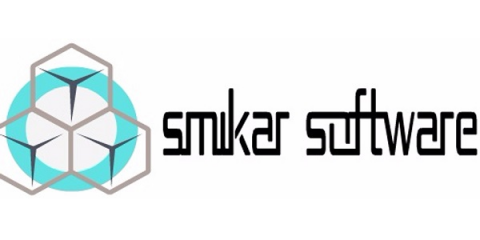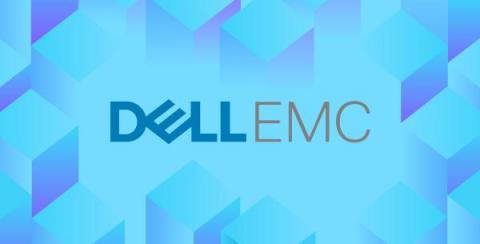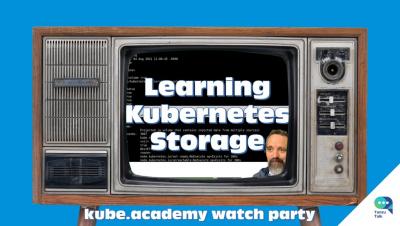NAS vs. Server: Which Should I Use for On-Prem Storage?
There are a variety of ways to add accessible data storage to a home or business network, but not all equipment is created equal. Determining the best solution is challenging, especially for small businesses or home users who don’t necessarily need the features and capacities that large organizations require. Among the most common solutions to choose from are cloud, in-house servers, and network-attached storage (NAS).











